Chapman’s Butchers, 26 The Green, Martham – including The Walnuts
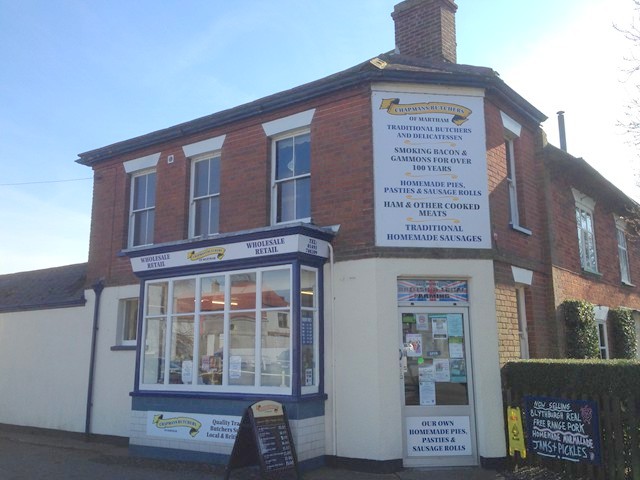
Chapman’s Butchers was known to almost everyone in Martham as the purveyors of quality meat and poultry throughout several generations but occupation of the land and property precedes the Chapman family.
The property consisted of Chapman’s butchers shop fronting The Green attached to a house to the rear called The Walnuts. The house has a separate entrance from the shop. The location map below may help.
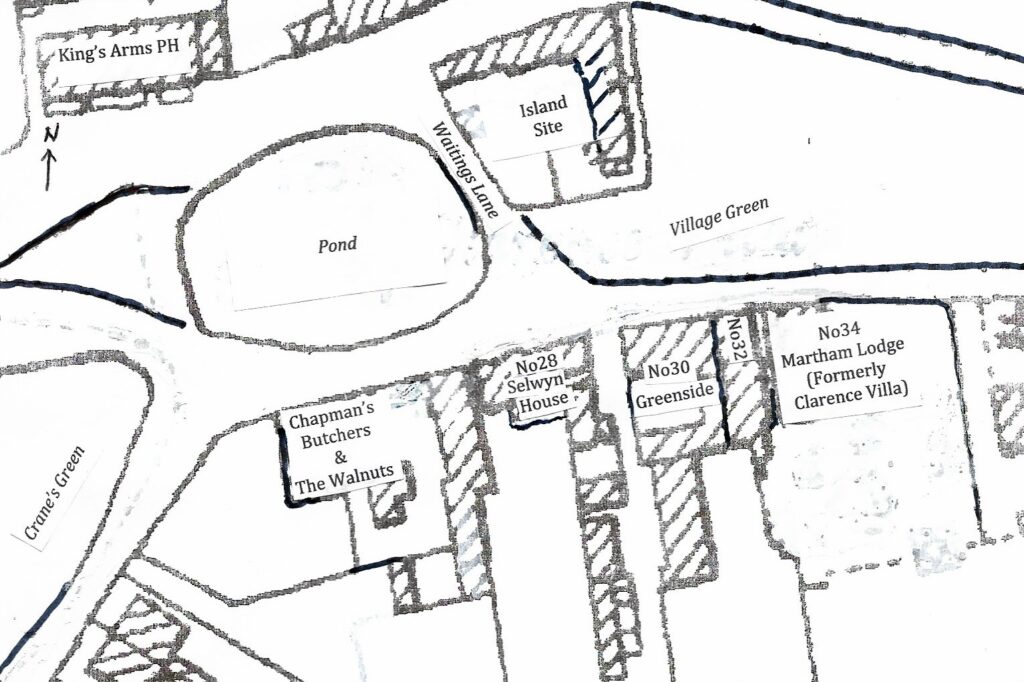
The butchers was built in about 1895 by William & George Chapman and the adjoining house was built around 1830. There were no buildings on the site at the time of the 1812 Martham Inclosure Award and the land was a not listed as owned by anyone but may have belonged to Thomas Crane (1726-1812) who lived at Cranes Green Farm next door.
The Braddock Era
The earliest formal record of buildings being there relates to the 1841 census and the 1842 Tithe Award. At that time James Braddock (1808-1879) and his wife Sarah, nee Woods (1811-1853) lived there. James was a thatcher, a trade learned from his father. James & Sarah had married at St Mary the Virgin, Martham in 1834 and probably moved to 26 The Green soon after marrying. In 1841 they had two children and later went on the have another three before Sarah died in 1853.
James was listed in the 1842 Martham Tithe Award as the owner of 4 acres and 9 perches of land, houses, marsh and gardens being plots 172, 314, 315 and 484. The first three are shown on the map below. Plot 314 was immediately in front of the pond and was the house and premises that later became Chapman’s Butchers. Plot 315 was let to ‘Jay & others’ (John & Mary Jay and their children) and was later known as Laurel Cottages. Plot 484 was a marsh next to Cess Boat Dyke on the River Thurne.
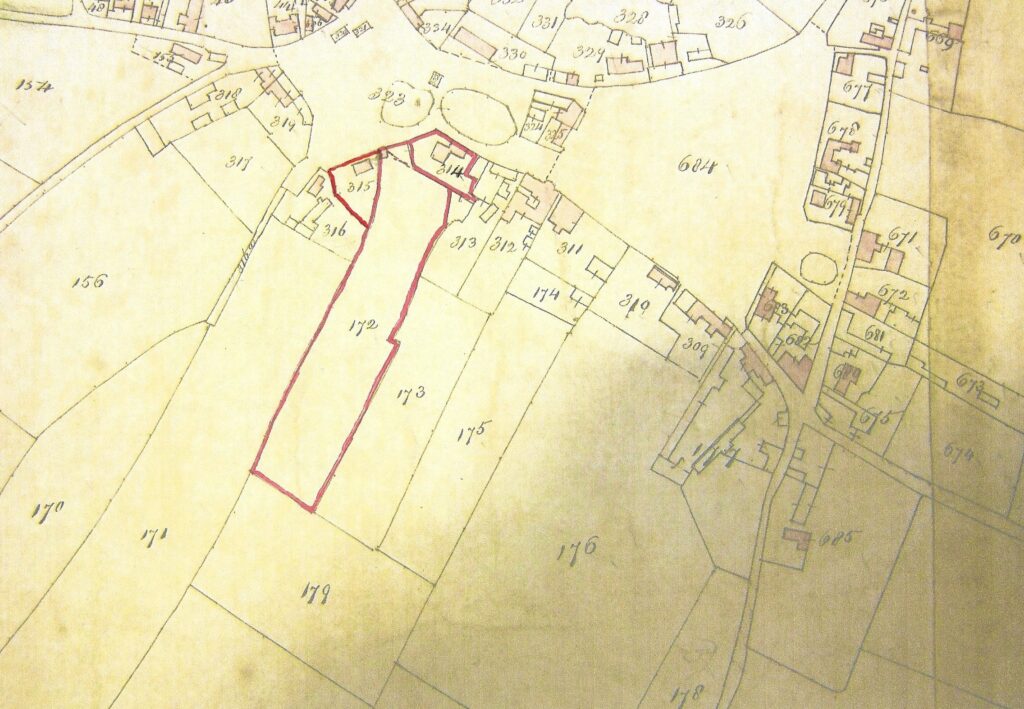
After becoming a widower James married again on 4th January 1857 at St Mary’s to Sarah Jones the daughter of John Jones & Elizabeth, nee Burton. Sarah was his neighbour from next door but one at No30 (Greenside). In 1858 they had a son called Edwin.
James continued to work as a thatcher throughout the 1860’s until the 1871 census that tells us he had become a farmer of 23 acres employing a labourer. The interesting fact from the 1871 census is that he and Sarah were recorded as living at Pit Farm, The Green but there is no reason to believe they had moved because older locals sometimes call the main pond in front of the house ‘the pit’ which may have been named after the farm or, more likely, the other way round.
James died on 1st September 1879 and Sarah moved to Repps Road where she died on 6th November 1882.
The Chapman Era
William Chapman (1837-1919) was married to Eliza, nee Edwards and was born and lived all his life at Filby where he was a very successful farmer and in 1901 he was also listed in the census as being a butcher but this was almost certainly because his son George William Chapman (1869-1936) had by that time become a butcher at Martham. It was a natural progression for father and son to not only breed and raise cattle but to slaughter them and sell the meat. George was married twice; firstly, to Ellen Thurtle (1870-1900) and secondly to Edith Mayhew (1880-1949). As a young man George helped out on his father’s 140-acre farm in Filby. Even then George must have been entrepreneurial because when he was only 21, he had become a farmer in his own right at Filby and by 1896 he was listed in Martham business directories as being a butcher, no doubt in the shop bearing his name.
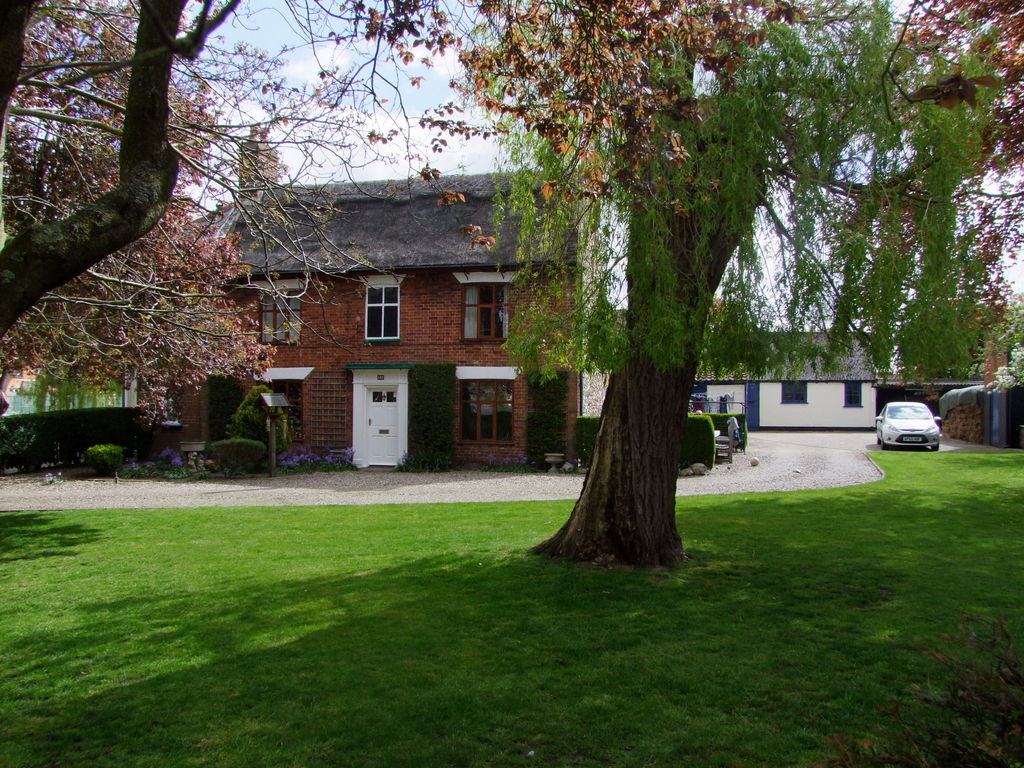
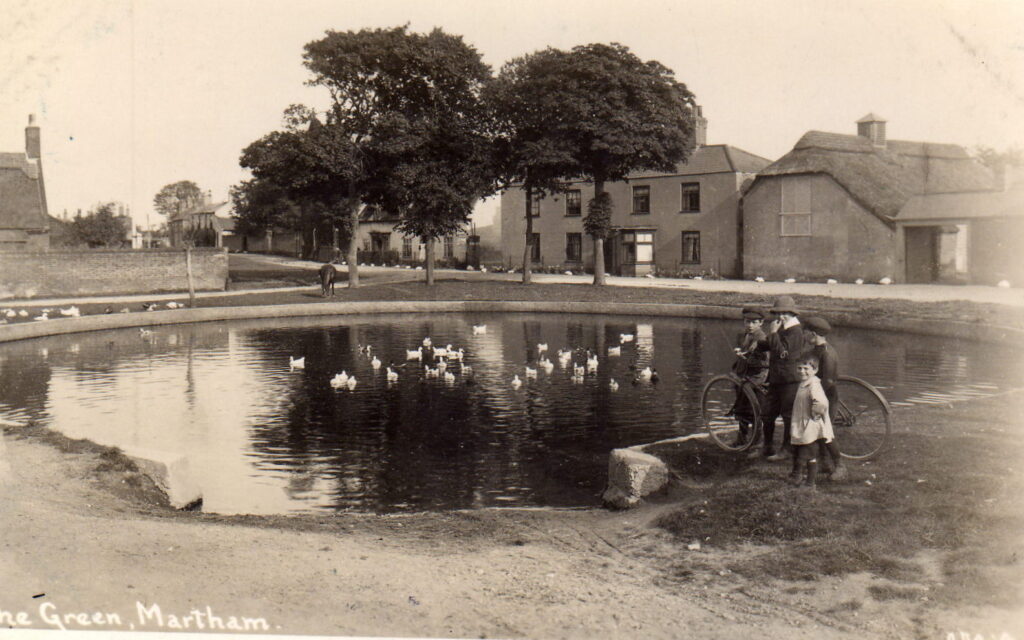
The photograph below of the main pond dates to about 1908. It is one of the earliest to include Chapman’s butchers which is in the background and you can just about make out that the front is a shop.
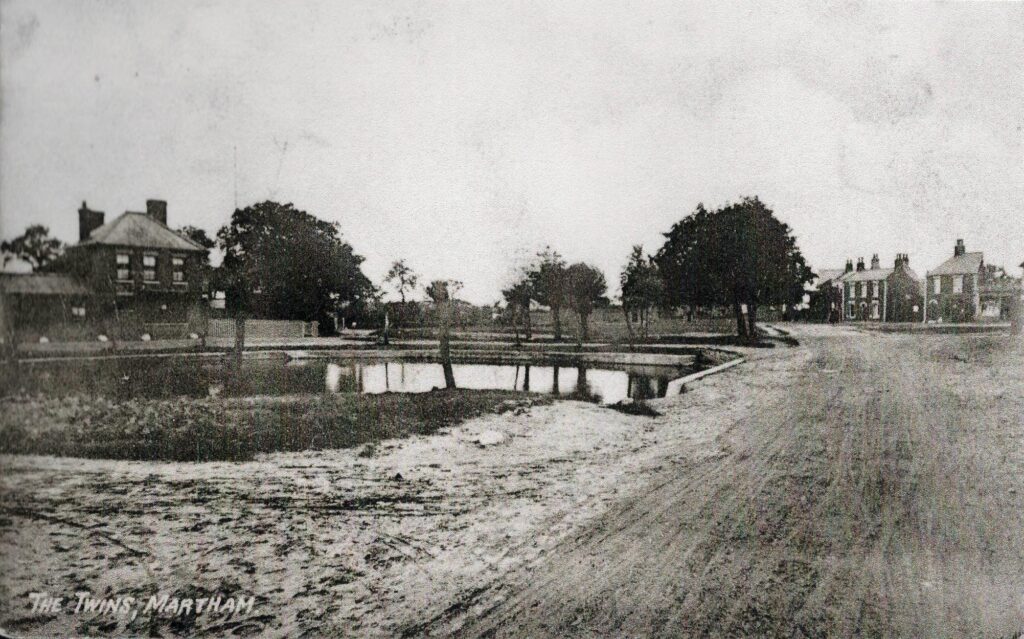
The shop attached to the front of The Walnuts must therefore have been built in about 1895 by William and George Chapman to provide their butchers. They also had a large barn (shown above) fronting the road on the east side of the shop which provided direct access for cattle to a slaughterhouse that still exists today to the rear of the property. The photo to the right – taken in 1912 – clearly demonstrates the different periods of building. The Walnuts is thatched whereas the shop has slates.

The lovely photograph below shows the butchers at Christmas 1913 with a full sign in George’s name, hanging meat and delivery carts.
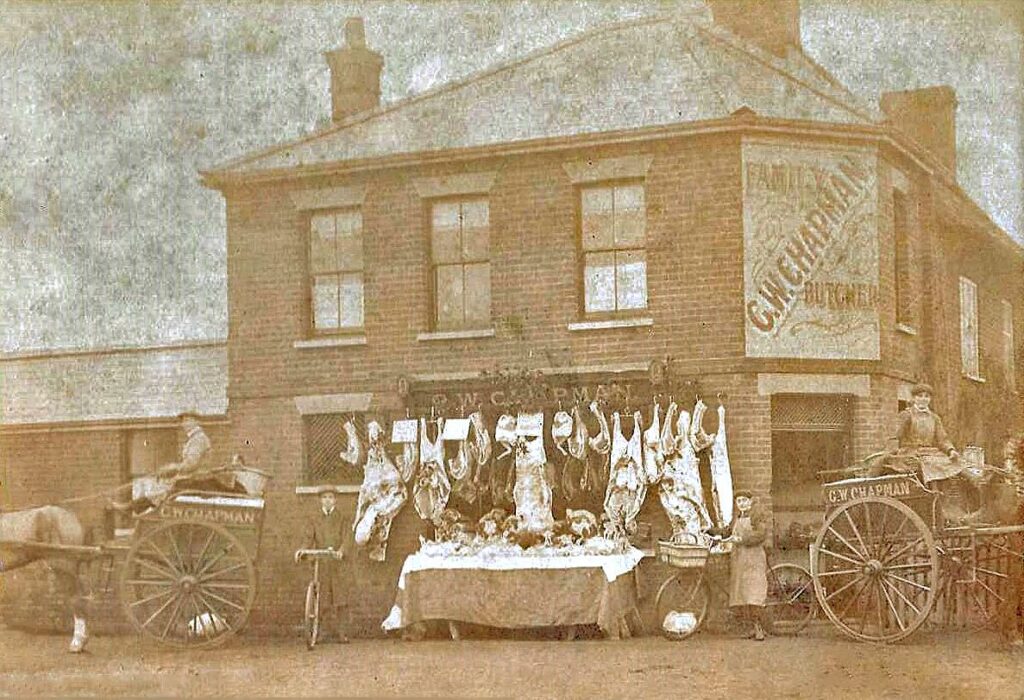
George was never one to rest on his laurels and at the same time as running the butchers shop on 31st May 1919 he purchased Moregrove Farm, Martham at auction for £4,500 which included the farm, the farm house and just over 136 acres of land. In addition, he was the successful bidder for three other lots separately listed on the same day. One was for a nearby house with a fruit garden for which he paid £480; lot two consisted of two adjacent cottages which cost him £80 and lot three were three marshes next to Damgate Wall next to the River Thurne containing 4 acres 3 rods & 27 perches which cost him £125.
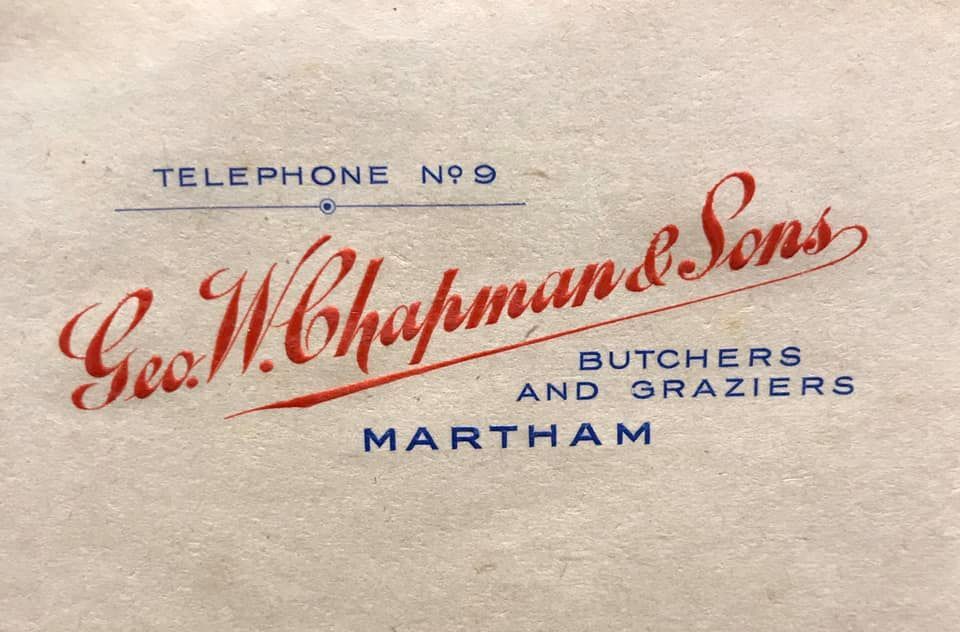
One of George’s sons with Edith was Edmund George Chapman (1905-1996), known as Ted, and he eventually took over the butchers’ shop from his father. Ted married Constance Hurren (1910-1997) in 1930 and for a short while they lived next door to the butchers shop at Selwyn House until about 1934. Ted’s father, George, died in 1936 after which Ted & Constance lived at The Walnuts at the back of the butchers and continued to run the business.
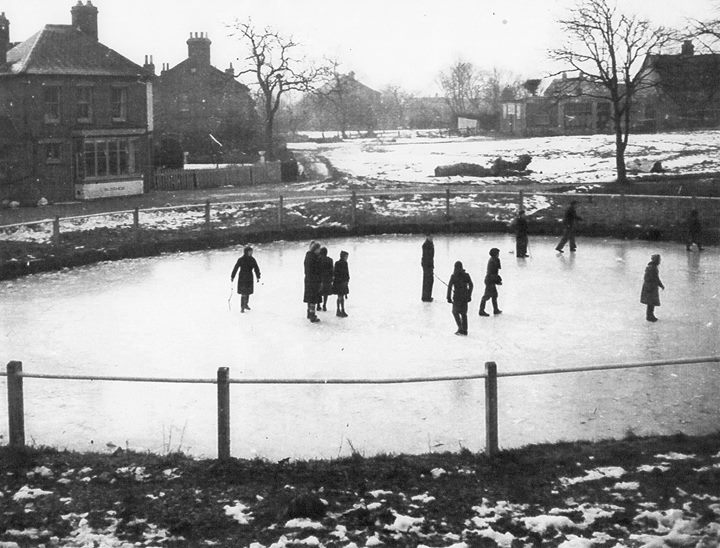

In more recent times one of those who learned his trade at the butchers was Philip Dowe who took on the business in 1996 having worked there previously as a 14-year-old butcher’s boy under its previous owner George Chapman. He went on to own the business and ran the shop for 27 years before he retired in 2023. An era came to an end when he put the house and shop up for sale and it is currently (2024) closed.